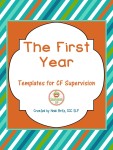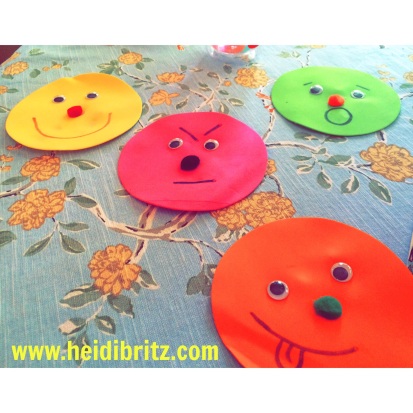
I just finished making a TPT product on social media use for middle and high school students this week. In a conversation about social media and teenagers with my own sixteen year old, he mentioned a site I had not heard of, Periscope. It’s an app owned by Twitter so it’s linked to your account (although you can also sign up for Periscope with just your phone number). He showed me a video of our former pastor hunting scorpions at night with a black light and a mallet (ewww), narrating his adventures of living in Arizona. Soon little hearts and comments began popping up on the screen and my son explained that it is interactive, live streaming video. Kind of cool, but I didn’t really think too much about it.
Periscope surfaced again (sorry, I couldn’t help myself) this week when I was writing a grant for some technology to use in my school district. I logged onto a SLP Facebook group to get some input from my peers on this latest social media tool and boy did I get it! After a lot of discussion, several of us decided to jump into the Periscope world virtually holding hands. As luck would have it, the ASHA Schools and the TPT Conference were also happening this week in the West, and it was fun to watch several SLPS post their own streaming videos online!
Social media is fantastic, but it can be double-edged sword. It’s amazing to connect with people outside of your little bubble, but not everyone is kind. Much like the teens I had in mind when I was thinking about guard rails with social media, we SLPs are in need of some too. Here are my top 5 Periscope newbie guidelines, learned the hard way:
1. Read up on using the app before you live stream. Two great reads that will help you figure this new technology out are HERE and HERE . Scott Kelby’s post shows you the features of Periscope nicely. I am a visual learner, so it really helped!
2. On your screen, swipe down (or click on the X) to turn off the live feed. Several of us didn’t know this before our first video stream including me. Sorry for the view of my feet and the dirt.
3. This early learning curve included several rude comments posted by people who were not SLPs, on a few live speechie feeds. Haters gonna hate, but you don’t have to let them comment on YOUR videos. You can lock your video ( a little lock icon you can tap is also along the bottom of the broadcast screen) so that only people you follow can comment on your live posts, or even choose from your follower list who you want to see a particular video (click the little person in a box icon on the bottom of the screen a list of people you follow pops up to choose from) . You also have the option to tap on a name of someone and block them if they making rude comments during a live stream, but why even go there? Use these features just prior to starting your live stream (and don’t forget to give your video a title)!
4. Don’t broadcast your location from home (again, guilty). You can turn off the location feature on the broadcast screen prior to each video (click on the little paper airplane shaped arrow along the bottom left of your screen). Careful when you click, because it’s located right next to the start broadcast button. If you are somewhere public and cool, like Vegas, feel free to make us a little jealous!
5. It is a LIVE stream, so look around at what’s behind you when you start the broadcast. If you mess up, oh well, it’s live. The good thing is that the videos only stay up for 24 hours (there is an auto-save feature in settings if you want to save your videos to your picture file on your phone). You can send little hearts on a re-broadcast, but not comments. If it’s truly awful, you can click “No rebroadcast” when you finish so that no one can watch you trip or swear or freak out when a bee flies too close to you, over and over again. That’s what Vine is for 🙂
You can follow me on Periscope @SmartmouthSLP ! I will (hopefully) be sharing content about my new group of CFs first year in the schools. Have you tried Periscope yet? Add your comments or guidelines here!






